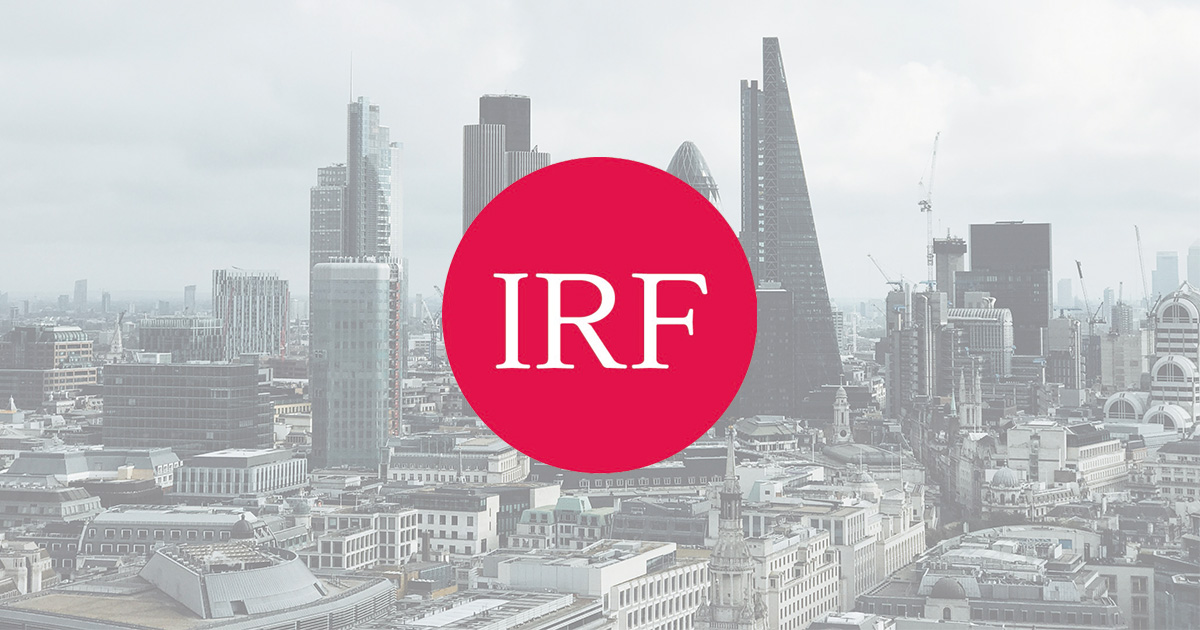Shifting from Uncertainty to Analyzable Macro Risks
RDQ Economics
Tue 01 Dec 2020 - 16:00
Summary
John highlighted 4 challenges the US Economy faced before Covid: Productivity & Profits - Sluggish productivity growth squeezing profit margins. Trade & Tariffs - The Trump administration aggressively pursuing tariffs, creating uncertainty and blunting the positive corporate tax cuts in Dec 2018. Demographics & Labour supply - The US is facing poor demographics with an aging population and increasing drug problems in a very tight labour market. Low inflation - Challenge or Success - Fed too focused on raising low inflation rate which has led to the adoption of flexible average inflation targeting. The unprecedented initial collapse on activity this year followed by unprecedented fiscal support has seen personal income rise strongly. Though the economy has rebounded it has been uneven with some sectors such as housing doing a super V shaped recovery and big growth in e-Commerce, whilst leisure and hospitality has not seen any recovery and 40% of total jobs lost are in these two sectors. The rebound in the economy has been stronger in GDP terms than in employment. Consumers are spending on goods but not services. The news of the vaccine has helped kick start certain businesses but not until a vaccine is widely distributed amongst the service sectors will these businesses come back, if they are able to survive in eth meantime.. With a vaccine on the agenda macro analysis moves from being Knightian uncertainty to more manageable. Now we need to focus on the fiscal bridge with the support packages ending. The job losses have been disproportionately borne by lower income households. The pandemic has exaggerated distributional stresses which Biden will aim to fix. Baseline is that the economy won’t get back to normal levels for a couple of years but after a winter of discontent vaccine promises would see a more meaningful recovery in second half of 2021 RDQ believe the economy will grow 6% in the fourth quarter, mainly through the October rebound. Biden’s big proposed tax rate hikes won’t occur if the Republicans keep the Senate which is likely. Interesting historically US markets have done well under divided governments.\n\nConrad discussed RDQ’s different assessment of the Fed’s progress towards its inflation targets. They argue that by judging underlying inflation by using year over year changes in core PCE prices is not efficient. A forecast of 2% inflation has proved better than using PCE prices. Their measure has shown that inflation has been at or above 2% for 32 straight months, so they struggle to see how the Fed has missed its inflation target. John and Conrad were using price level indicators to assess the inflation outlook whilst at Bear Stearns in the 90s; this approach has roots in monetarist theories of inflation. Their measure would determine that the Fed is printing too much money and therefore the value of this money should decline. Since inflation is a decline in the purchasing power of money, a decline in the value of the dollar might be a sign that inflation pressures are picking up. RDQ expect velocity to pick up and the money feeding through the system will start to feed through in to higher inflation rates, although not much above 2% over next few years it should happen much more quickly than consensus expects. If it doesn’t and the money velocity remains at these kind of levels its worth pointing out that we won’t have seen these levels since after the great depression which was followed by a period of 4 years of unemployment levels 20% and higher. Things are obviously very different today with a healthier banking system which has been one of the great successes from the regulation that followed the GFC. Whilst inflation could hit 2% as early as next year, rates will remain at zero until 2024 as in order to see rate rises we need 2% inflation and this to be moderately above 2% for some time and we need maximum employment - obviously not likely any time soon. Regarding bank regulation going forward Biden is unlikely to re-appoint Randal Quarles who’s chair for supervision runs out in October; he is much more likely to nominate Lael Brainard who has called for increased regulation; this position would set her up to becoming the next Fed Chair when Powell’s term runs out in 2022.\n\nIn terms of markets RDQ believe the treasury yield curve will steepen, whilst most are expecting the Fed to be unsuccessful at reaching their 2% target. The Fed is pegging rates at the front of the yield curve, its highly unlikely there is going to be any move on overnight rates withing next few years, so 2 year rates will be pegged at where they are now and there will be pressure on the back end from inflation that the market is under-pricing. In regards to equities, if you consider the improvement in productivity growth and recent third quarter increases in profit across many companies, it would appear that equities are not significantly overvalued relative to profits. In the Q&A John and Conrad fielded all sorts of questions on globalisation, technology, old and new economy, bank lending, loan to deposit ratios, mortgages, commercial rents, workouts, medical care and inflation rates in Europe.
Topics
Economic challenges pre-Covid
Nature of the recession & recovery
After the pandemic
Inflation outlook
Market thoughts
